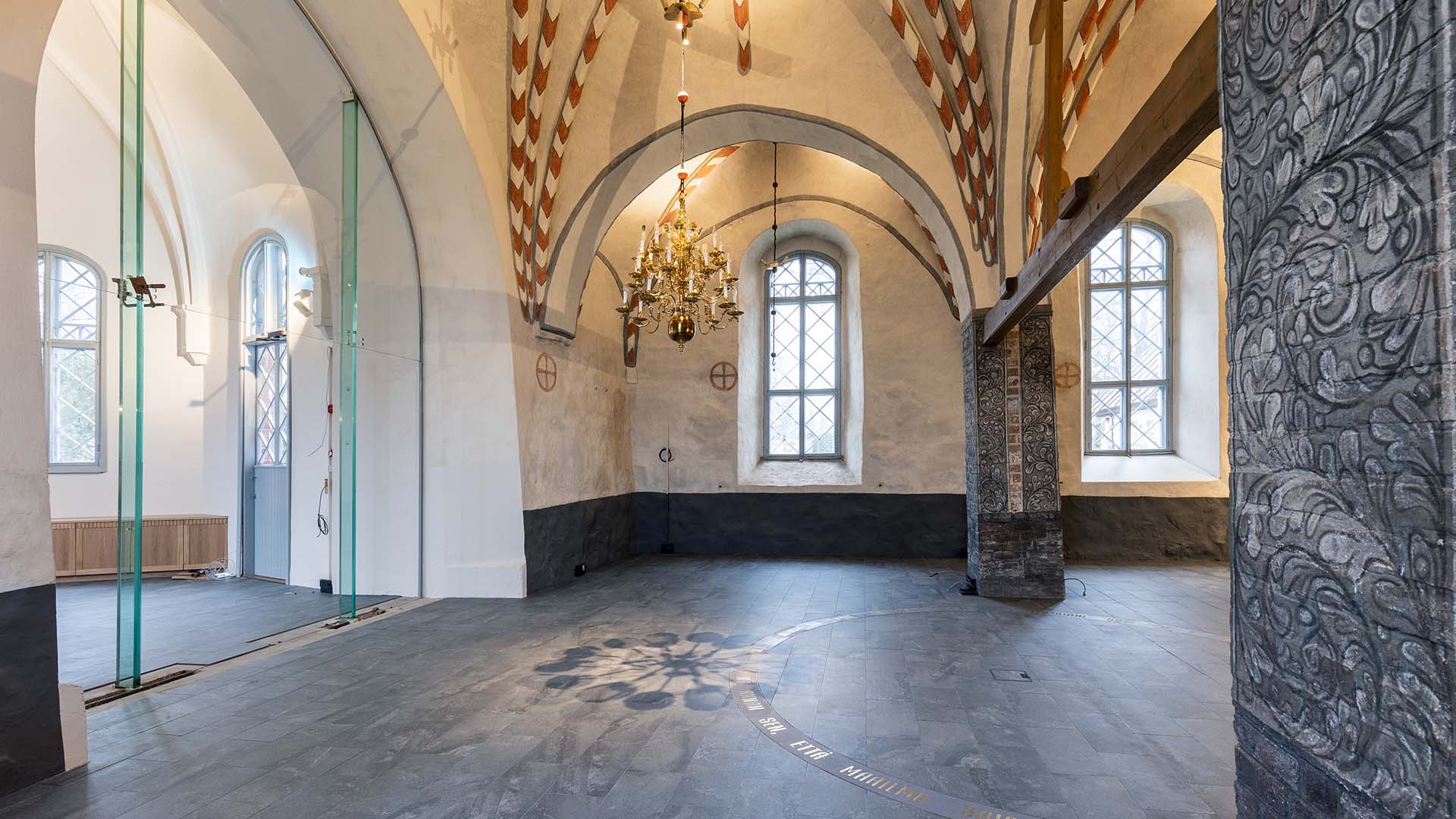Lieto Church, Lieto
The church, built in Lieto in the late 15th century, was converted into a flexible church space, preserving the history of the building.

During the renovation of the church, the building was modernized by bringing new building technology to the church hall so that the spirit of the 16th century stone church remained unchanged. The church was made accessible by removing stairs and steps from the hall. The new facilities are easy to convert from worship to a free-form event in the evening.
Customer
Liedon seurakunta
Location
Lieto
Size
500 m²
Completion
2021
Services
Project and construction management
Cost estimation
Supervision
Safety coordination
Moisture control
Other references
-

Laakso Joint Hospital, Helsinki
Laakso Joint Hospital is a collaborative project between the City of Helsinki and HUS, implemented using an alliance model.
-

Riihimäki power plant, Riihimäki
The Riihimäki power plant, located in the immediate vicinity of the Riihimäki railway station, is a former power plant building and a landmark for which the city has been looking for a new use.
-

Rovaniemi City Hall, Rovaniemi
The Rovaniemi City Hall, designed based on the sketches of architect Alvar Aalto and completed in 1986, is undergoing extensive renovations, including the renewal of ventilation, heating, and cooling systems.
-

Tampere Central Office Building, Tampere
In the renovation and expansion of the Tampere Central Office Building, designed by Aarne Ervi and built in 1968, the prefabricated façade elements will be replaced by removing all external cladding and insulation, following the principles of restorative repair.